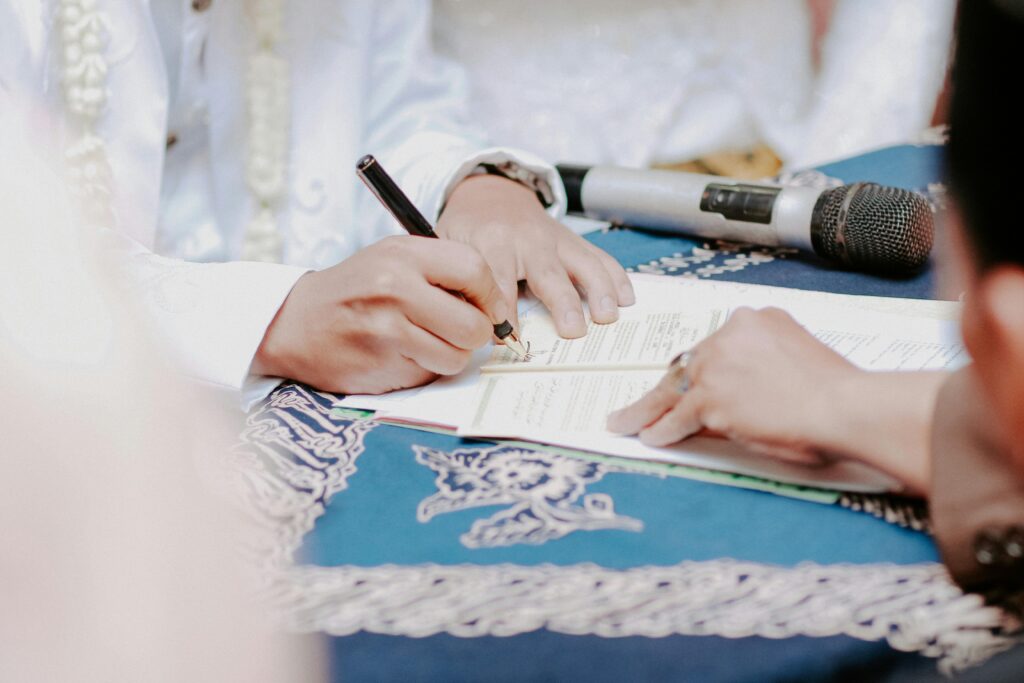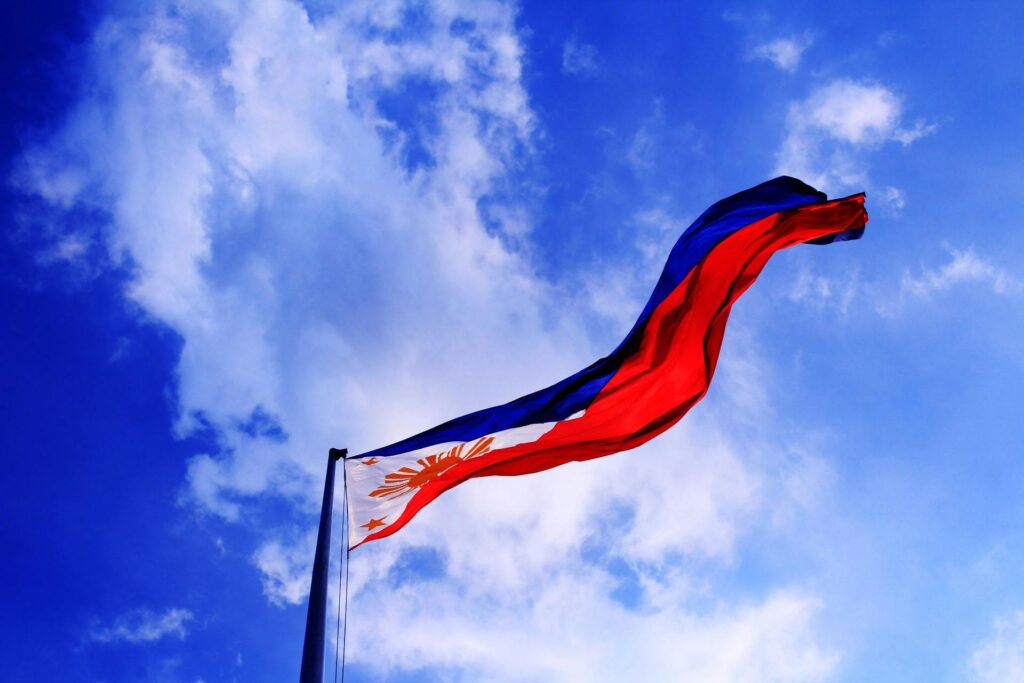Planning to get married in Japan as a Filipino? Here is my experience with the full process, from gathering documents to registering at city hall and reporting the marriage to the Philippine Embassy.

When I first decided to get married in Japan, I did not realize how much preparation it would take. I thought it would just be a few documents and then we could register. It turned out to be a long process, especially as a Filipino living abroad. If you are planning to get married in Japan too, I hope sharing my experience can help you prepare better.
Getting the Documents from the Philippines

The first thing I did was contact the Philippine Embassy. I needed to ask them exactly what documents I had to prepare. They told me the most important one was the Certificate of Legal Capacity to Contract Marriage, also called LCCM. Without this document, I would not be able to register my marriage in Japan.
Getting the LCCM was not as simple as I thought. I had to ask my family back in the Philippines to help me gather all the necessary documents. I needed my PSA-issued birth certificate, my CENOMAR, and even my original hospital birth certificate. All of these documents needed to be apostilled before they could be accepted by the embassy in Japan.
Doing the apostille process in the Philippines was a lot cheaper than doing it here. It cost around 5,000 yen for everything there. But if I had done it in Japan, it would have cost about 12,000 yen per document. Since I needed several, it would have ended up being around 30,000 yen. It made a huge difference to have them processed in the Philippines instead.
It was not easy at that time either because it was 2021, right in the middle of the COVID pandemic. A lot of government offices were on limited schedules, and even sending documents internationally was slower and riskier. My family had to go through extra steps to get the documents processed and find a trusted courier to send everything safely to Japan.
Process in Japan as A Filipino
When I finally received all my documents, I also had to have them translated into Japanese. That was another step I did not expect at first. The embassy and city hall needed official translations for the documents to be accepted. We had to either do it ourselves if allowed, or have it done properly if the city hall requested a certified translation. It is something important to prepare for if you are planning this too.
After everything was ready, I sent my documents to the Philippine Embassy by mail. To pay for the LCCM application, I had to send genkin kakitome, which is sending cash through the post office. At first, it felt a little strange and risky, but it was the payment method they accepted at that time. I followed their instructions carefully and made sure to send it by registered mail to be safe.
The whole process of getting the LCCM took about a month. It could have been faster, but with all the COVID delays, translation needs, and careful checking of documents, it stretched longer. I spent a lot of that time just worrying if everything would go smoothly. There were so many small details that could have gone wrong, but luckily everything was accepted.
My Husband’s Documents to Get Married
For my husband, it was much simpler. He only needed to get a document from the embassy to show that he was single and eligible to marry. Compared to my side, his process was very easy and fast.
When I finally received the LCCM, it felt like a big relief. After that, we could finally move on to the marriage registration itself.
In Japan, marriage is registered at the local city hall, not through a church ceremony or anything like that. We went to our city hall to submit the Kon-in Todoke, which is the official marriage registration form. We needed two witnesses to sign it as well, so we asked some close friends.
Along with the Kon-in Todoke, I had to submit my LCCM with the Japanese translation, my passport, my residence card, and my birth certificate with the translation. My husband submitted his eligibility to marry certificate and his valid ID.
Getting Married at the City Hall
Registering the marriage itself at city hall was actually very simple. We submitted all the documents, the staff checked them, and once they were accepted, we were officially married. There was no ceremony or anything fancy. Just documents, a few stamps, and a short “congratulations” from the city hall staff. It felt a little strange because growing up, you think of weddings as big events, but in Japan, the legal part is very practical.
After registering at the city hall, there was still one more important step. We had to report our marriage to the Philippine Embassy. This is called the Report of Marriage, and it is important because it officially records your marriage in the Philippines too.
Note: This might not have been mentioned often, but have your Juuminhyo or residence certificate. We almost couldn’t get married because we did not know we needed this.
Reporting the Marriage to the Philippine Embassy

To file the Report of Marriage, we needed a new set of documents. We had to send copies of our marriage certificate issued by the Japanese city hall, a copy of the marriage registration, copies of both our passports, passport-size photos, and the completed Report of Marriage form. We also needed to include another genkin kakitome for the fee and a Letter Pack so they could send it back to us.
Submitting this step is what officially registers your marriage with the Philippines NSO system. If you plan to apply for any documents in the future, like updating your civil status or getting a spouse visa to the Philippines, this record will be needed.
Waiting for the Report of Marriage to be processed took a few weeks. It was a long journey but seeing everything completed felt like a huge accomplishment.
The Hurdles of Getting married in Japan as a Filipino
Getting married in Japan as a Filipino is not impossible, but it definitely needs a lot of planning and patience. Start early, double-check every document, and stay positive even when it feels overwhelming. Once you finally get through it, it feels even more meaningful knowing how much work and love you both put into making it happen.
After marriage, we needed to send copies of our marriage certificate from the city hall and send it to the Philippine Embassy to register it with the Philippines NSO.
I will write an additional article about updating your status and family name if you choose to change it in Japan in my next article.
Meanwhile, I shared more about my experience getting married at the city hall here and about holding a budget-friendly wedding reception here.
Stay tuned for more exciting content like this! Follow us on our social media platforms and check out our blog regularly to stay updated on the latest news, trends, and insider stories from Japan. Don’t miss out on future updates—sign up for our newsletter for exclusive content delivered straight to your inbox!
Related Articles
Warning: Undefined array key "sfsi_threadsIcon_order" in /home/veremosglobal/tokyoroomfinder.com/public_html/blog/wp-content/plugins/ultimate-social-media-icons/libs/controllers/sfsi_frontpopUp.php on line 165
Warning: Undefined array key "sfsi_blueskyIcon_order" in /home/veremosglobal/tokyoroomfinder.com/public_html/blog/wp-content/plugins/ultimate-social-media-icons/libs/controllers/sfsi_frontpopUp.php on line 170
Warning: Undefined array key "sfsi_bluesky_display" in /home/veremosglobal/tokyoroomfinder.com/public_html/blog/wp-content/plugins/ultimate-social-media-icons/libs/controllers/sfsi_frontpopUp.php on line 266



